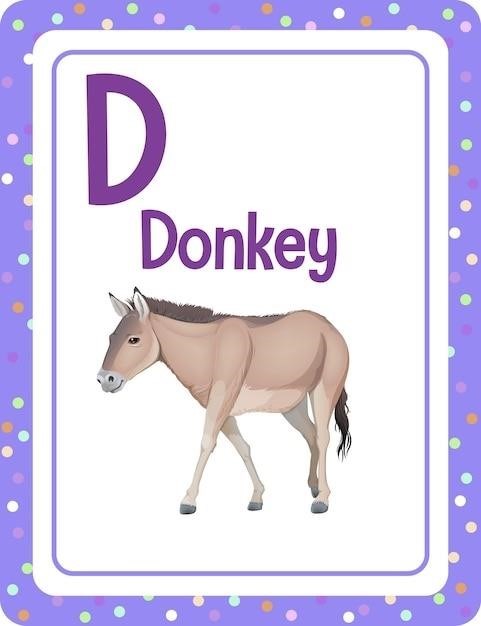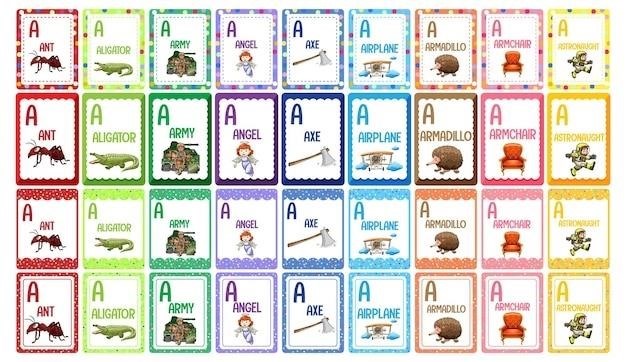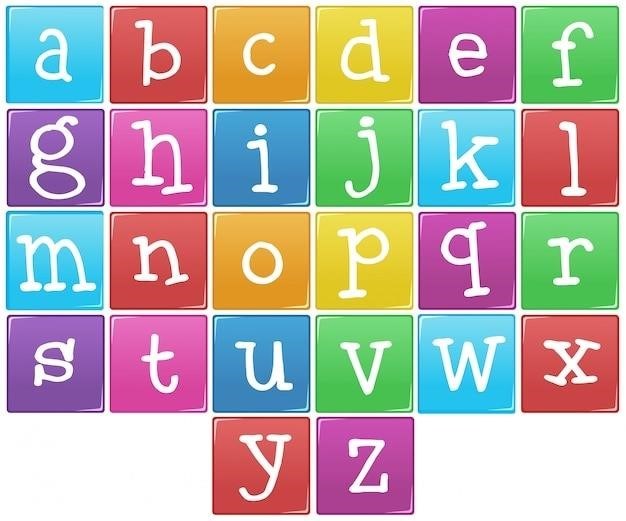Finding Free “Come Jesus Come” Sheet Music PDFs
Numerous websites offer free “Come Jesus Come” sheet music PDFs․ Explore online music communities and dedicated sheet music platforms․ Search using keywords like “Come Jesus Come,” “free sheet music,” and “PDF download․” Verify the quality and legality of any downloaded files before use․
Popular Sources for Free Sheet Music
Several websites specialize in providing free sheet music downloads․ Many offer a wide variety of genres, including religious music like hymns․ Some popular options include websites dedicated to Christian music, where you might find arrangements of “Come Jesus Come․” Other general sheet music sites may also have it in their database․ Always check the terms of use; some sites allow free downloads for personal use only․ Remember to verify the source’s reliability and the quality of the PDF before printing․ Additionally, forums and online communities focused on music often share links to free sheet music resources․ Exploring these diverse avenues increases your chances of finding suitable free “Come Jesus Come” sheet music․
Variations of “Come Jesus Come”
The hymn “Come Jesus Come” might exist in various arrangements and versions․ You might encounter different key signatures, time signatures, and instrumentation․ Some arrangements might be simpler, suitable for beginners, while others could be more complex, designed for advanced musicians․ The lyrics themselves may also have slight variations depending on the tradition or composer․ Some versions might include additional verses or stanzas not found in others․ You could find arrangements for solo instruments like piano or guitar, or for ensembles, such as choirs or small instrumental groups․ Searching for specific descriptions like “easy piano arrangement” or “SATB choir version” can help you narrow your search․ The existence of these variations expands the possibilities for finding a version that best suits your needs and skill level․
Sheet Music Websites and Platforms
Several websites specialize in providing free and paid sheet music downloads․ Some popular options include websites dedicated to religious music, offering a wide selection of hymns and gospel songs․ General sheet music platforms often host user-uploaded content, potentially including free arrangements of “Come Jesus Come․” Be aware that the quality and legality of free downloads can vary significantly․ Always check the terms of use and licensing information before downloading any sheet music․ Consider checking online forums and communities for musicians, where users may share links to reliable sources or discuss their experiences with different sheet music websites․ Remember to always prioritize reputable sources to avoid copyright infringement and ensure accurate musical transcriptions․
Specific Arrangements and Composers
The hymn “Come Jesus Come” exists in various arrangements, each with unique musical characteristics․ Some versions might feature simpler melodies suitable for beginners, while others incorporate more complex harmonies and instrumental accompaniments․ The composer’s name, if available, can help narrow your search․ Look for sheet music specifying the arranger’s name, as different arrangements will offer diverse musical interpretations․ Consider exploring variations for different instruments or vocal ranges (SATB, soprano, etc․)․ Searching for specific keywords like “Come Jesus Come piano solo” or “Come Jesus Come SATB choir” can refine your results and identify arrangements tailored to your needs and skill level․ Remember that some arrangements might be easier to find than others, depending on their popularity and availability online․
Legal and Ethical Considerations
Downloading copyrighted sheet music without permission is illegal․ Always respect copyright laws and ensure proper attribution when using downloaded music․ Fair use principles may apply in limited educational contexts․
Copyright and Fair Use
Copyright law protects musical compositions, including “Come Jesus Come․” Downloading and distributing copyrighted sheet music without permission from the copyright holder is infringement․ This applies to both the music and lyrics․ There are exceptions, such as “fair use,” which permits limited use for purposes like criticism, commentary, news reporting, teaching, scholarship, or research․ However, fair use is a complex legal doctrine, and its application depends on specific factors․ Determining whether your use qualifies as fair use requires careful consideration of the four factors outlined in copyright law⁚ the purpose and character of your use, the nature of the copyrighted work, the amount and substantiality of the portion taken, and the effect of the use upon the potential market for or value of the copyrighted work․ If you are unsure, it’s best to obtain permission from the copyright holder or seek legal advice․
Attribution and Proper Use of Downloaded Music
Even if a “Come Jesus Come” sheet music PDF is offered for free, respecting the creator’s work is crucial․ If the source provides composer or arranger information, always include it․ This simple act of attribution shows respect for their creative effort․ Additionally, understand the intended use of the downloaded music․ Some free resources might restrict commercial use or distribution․ Carefully review the terms and conditions or licensing information provided with the sheet music․ Using the music for unauthorized purposes, such as public performances or commercial recordings without permission, remains a copyright violation, even if obtained at no cost․ Adhering to these guidelines ensures ethical and responsible usage of online musical resources․
Tips for Finding and Using Sheet Music
Employ precise keywords when searching online․ Check the file’s quality before printing․ Consider transposing for optimal vocal range or instrument capabilities․
Searching Effectively Online
Effective online searches are crucial for locating free “Come Jesus Come” sheet music PDFs․ Begin with precise keywords, such as “Come Jesus Come sheet music PDF free download․” Experiment with variations, including the composer’s name if known (e․g․, “Stephen McWhirter Come Jesus Come sheet music PDF”)․ Utilize quotation marks for exact phrase matches․ Explore different search engines like Google, Bing, or specialized music search engines․ Refine your search by adding terms like “SATB,” “piano,” or “easy arrangement” to specify the desired format and difficulty level․ Check various websites dedicated to sharing free sheet music, often featuring community-uploaded scores․ Look into online forums and communities for musicians; they might offer links or suggestions․ Remember, thorough and targeted searches are key to finding the right sheet music efficiently․
Verifying the Quality of Downloaded Files
After downloading “Come Jesus Come” sheet music PDFs, it’s crucial to verify their quality․ Examine the file for any obvious errors, such as missing notes, incorrect clefs, or illegible formatting․ Preview a few pages before printing to check for readability and accuracy․ Compare the downloaded version with other available sources, if possible, to identify potential discrepancies․ Look for reviews or comments left by other users on the website where you found the file․ Consider the source’s reputation; established sheet music websites generally offer higher quality files․ If the PDF appears poorly scanned or contains numerous mistakes, it’s best to seek a more reliable source․ A high-quality PDF will be clear, easy to read, and accurately represent the musical notation․ Don’t hesitate to search for alternative versions if the initial download proves unsatisfactory․
Transposing and Adapting Sheet Music
Downloaded “Come Jesus Come” sheet music might not be in your preferred key․ Many music software programs allow for easy transposition․ This changes the overall pitch without altering the melody or harmony, making the piece playable for different vocal ranges or instruments․ If you lack software, consider using online transposition tools․ Adapting the music might involve simplifying complex passages for beginners, or adding instrumental accompaniment․ Remember that altering copyrighted music requires permission from the copyright holder․ Adding your own harmonies or variations is acceptable for personal use, but distributing altered versions requires careful consideration of copyright laws․ Always respect the original composer’s work and ensure your adaptations are for personal use unless you have the necessary permissions․ Enjoy exploring creative possibilities while respecting legal boundaries․
Exploring Different Versions of the Hymn
Discover diverse “Come Jesus Come” arrangements⁚ traditional hymns, contemporary adaptations, and genre variations․ Explore different musical styles and find a version that suits your preferences and skill level․
Traditional Hymn Versions
Many websites offer traditional “Come, Jesus, Come” hymn arrangements in PDF format․ These versions often feature simple melodies and harmonies, suitable for congregational singing or solo performances with accompaniment․ Look for sheet music that clearly identifies itself as a traditional setting, possibly referencing older hymnals or composers․ The simplicity of these arrangements makes them accessible to a wide range of musical skill levels, from beginners to experienced musicians․ You might find variations in the melody or harmony depending on the source, reflecting the evolution of the hymn over time and across different denominations․ Be sure to check the licensing information before using any downloaded sheet music for public performances or distribution․ Always respect copyright laws and give proper attribution to the composer and publisher․
Contemporary Arrangements
Beyond traditional settings, numerous contemporary arrangements of “Come, Jesus, Come” are available as free PDF downloads․ These versions often incorporate modern musical styles, such as pop, gospel, or contemporary worship music․ You might find arrangements for various instrumentations, including piano, guitar, vocals, or full ensembles․ Some contemporary arrangements might feature more complex harmonies, rhythms, or instrumental parts compared to traditional versions․ These arrangements frequently reflect the musical tastes of modern congregations and worship styles, offering a fresh interpretation of the hymn’s message․ When searching, specify “contemporary arrangement” or “modern version” in your search terms․ Always verify the legality of the downloaded sheet music before using it for any purpose․
Genre Variations
The hymn “Come, Jesus, Come” lends itself to diverse musical genres, and finding sheet music reflecting these variations is possible․ You might discover arrangements in styles such as gospel, bluegrass, folk, or even contemporary Christian․ Gospel arrangements might feature powerful vocals and soulful harmonies, while folk versions could utilize simpler instrumentation and a more rustic feel․ Bluegrass arrangements might incorporate banjo, fiddle, and other instruments characteristic of that genre․ Contemporary Christian versions frequently adapt the hymn to modern worship styles, using contemporary instrumentation and musical techniques․ Searching for “Come, Jesus, Come” with a specific genre modifier (e․g․, “Come, Jesus, Come gospel sheet music”) will help you locate desired arrangements․ Remember to always check for copyright information before using any downloaded material․
Additional Resources for Musicians
Explore online music communities and forums for assistance․ Utilize software for viewing and editing sheet music․ Discover learning resources to help you master playing this beloved hymn․
Online Music Communities and Forums
Engaging with online music communities and forums can significantly aid your search for free “Come Jesus Come” sheet music PDFs․ These platforms often host discussions on hymn arrangements, offering valuable insights and direct links to reliable sources․ Members frequently share their experiences with different websites and resources, guiding you towards reputable options․ You can also post queries directly, seeking recommendations for specific arrangements or versions of the hymn․ Active participation within these communities might even uncover rare or lesser-known versions of the sheet music not readily available through standard search engines․ Remember to always verify the legitimacy of any shared links before downloading to ensure they comply with copyright laws․ The collective knowledge within these online spaces can be invaluable in your quest for free, high-quality sheet music․
Software for Viewing and Editing Sheet Music
Accessing and utilizing appropriate software is crucial for effectively managing downloaded “Come Jesus Come” sheet music PDFs․ Many free and paid applications offer robust features for viewing, editing, and printing musical scores․ Free options often provide basic viewing capabilities, allowing you to open and display the PDF files․ However, for more advanced needs such as transposing, annotating, or making adjustments to the arrangement, dedicated music notation software might be necessary․ These paid applications often include features that facilitate easier readability and editing of complex musical scores․ Consider your specific needs – are you only looking to view the music, or do you require tools for editing and customization? Choosing the right software ensures a smooth and efficient workflow when working with your downloaded sheet music․ The availability of free trials for many paid programs allows experimentation before committing to a purchase․
Learning Resources for Playing the Hymn
Numerous online resources are available to assist in learning to play “Come Jesus Come” once you’ve downloaded the sheet music․ YouTube offers countless tutorials, ranging from beginner-level guides for basic chords to advanced lessons focusing on specific instrumental techniques․ Interactive websites and apps provide structured learning paths, allowing users to progress at their own pace․ These platforms often include exercises, quizzes, and feedback mechanisms to aid in skill development․ For those seeking more personalized instruction, consider online music teachers offering lessons via video conferencing․ Many offer specialized instruction in various instruments, catering to different skill levels and musical styles․ Supplement your learning by exploring online forums and communities where musicians share tips, techniques, and interpretations of the hymn․ Remember, consistent practice and engagement with these diverse learning resources contribute significantly to mastering the piece․


